MADONNA DELL’ UMILTÀ Tempera auf Leinwand. 127 x 78 cm.
Das hier vorliegende Gemälde ist zunächst durch die Ausstellung „Tenerezza e luce nella pittura italiana tra Quattrocento e Settecento (Zärtlichkeit und Licht in der italienischen Malerei zwischen Quattrocento und Settecento, Pontedera, Centro per l’arte Otello Cirri, 14. Dezember 2013 - 18. Januar 2014)“ als ein Alvaro Pirez zugeschriebenes Werk bekannt geworden. Pirez war ein portugiesischer Maler, der im frühen 15. Jahrhundert in der Toskana lebte und arbeitete. Im Laufe besagter Ausstellung wurde die Zuschreibung zu Gunsten des sogenannten „Maestro del Borgo alla Collina“ revidiert, einem Künstler, der heute fast einstimmig mit dem Namen Scolaio di Giovanni in Verbindung gebracht wird. Dieser war – zusammen mit Alvaro Pirez aber auch Niccolò di Pietro Gerini (tätig von 1368 - 1415 ), Giovanni dal Ponte (1385 - 1437) und Giovanni di Francesco Toscani (1370 - 1430). Toscani war einer der wichtigsten Mitgestalter der spätgotischen Blütezeit der florentinischen Malerei des beginnenden Quattrocento, deren Hauptakte Spinello Aretino (um 1340 - 1410), Gherardo di Jacopo Starnina (um 1363 - 1409) und Lorenzo Monaco (um 1370 - um 1425) waren. Nach seinen anfänglichen Lehrjahren bei Agnolo Gaddi (um 1350 - 1396), in direkter Weiterführung des Stiles Giottos und des florentinischen „secondo Trecento“, blieb Scolaio di Giovanni dem Stil Starninas eng verbunden, mit dem er wohl auch zusammenarbeitete. Seinen Namen erhielt er vermutlich auf Grund eines Altarflügels in der Kirche San Donato in der toskanischen Stadt Borgo alla Collina im Casentino Tal, den er 1423 malte. Das vorliegende Werk ergänzt trefflich den Werkkatalog dieses Künstlers, der neuerdings, dank einer ihm gewidmeten Monographie (A. Lanza, Il Maestro del Borgo alla Collina, Polistampa, Florenz 2012), bemerkenswerte Beachtung erhält. Material, Format, Größe und Ikonographie des vorliegenden Gemäldes lassen vermuten, dass es sich um eine Prozessionsfahne handelt. An der stilisierten Eleganz, dem zart dekorativen Esprit und der Liebe zum Detail erkennt man den typisch spätgotischen Stil von Sarnina und Lorenzo Monaco aber auch – bei den Figuren – einen vorsichtigen Vorstoß ins Monumentale, der Suche nach einer Glaubwürdigkeit des Ausdrucks. Das hier vorliegende Gemälde lässt sich gut mit anderen Werken diese Künstlers vergleichen, so zum Beispiel mit der „Verkündigung“ in der Kirche Santa Maria Assunta (Borgo di Stia, Casentino), der „Vergine col Bambino in Gloria“ (Erzdiözese von Rouen), einer weiteren „Madonna dell‘Umiltà“ (Musée du Petit Palais, Avignon) oder der namensgebenden Mittelgruppe in der Pfarrkirche von Borgo alla Collina. (1062271) (21) Scolaio di Giovanni, (also known as “Maestro di Borgo alla Collina”) 1369 Florence – documented until 1434, attributed MADONNA DELL’UMILTÀ Tempera on canvas. 127 x 78 cm. The painting presented in this lot first came to public attention in the exhibition Tenerezza e luce nella pittura italiana tra Quattrocento e Settecento ([Tenderness and light in Italian painting between the Quattrocento and Settecento], Pontedera, Centro per l’arte Otello Cirri, 14 December 2013 - 18 January 2014) where it was initially catalogued as the work of Alvaro Pirez During the course of the exhibition this not implausible attribution was, nonetheless, amended in favour of the so-called Maestro di Borgo alla Collina, an artist, that is today almost unanimously identified as Scolaio di Giovanni. After his initial training with Agnolo Gaddi whose own style descended virtually directly from that of Giotto and the Florentine “second Trecento”, Scolaio di Giovanni's work remained stylistically close to that of Starnina, with whom he probably collaborated. The present beautiful work is a splendid new addition to the artist’s œuvre, which was recently extended following the publication of a new monograph. (see A. Lenza, Il Maestro di Borgo alla Collina, Polistampa, Florence 2012). Material, format, size and iconography all suggest that this may h
MADONNA DELL’ UMILTÀ Tempera auf Leinwand. 127 x 78 cm.
Das hier vorliegende Gemälde ist zunächst durch die Ausstellung „Tenerezza e luce nella pittura italiana tra Quattrocento e Settecento (Zärtlichkeit und Licht in der italienischen Malerei zwischen Quattrocento und Settecento, Pontedera, Centro per l’arte Otello Cirri, 14. Dezember 2013 - 18. Januar 2014)“ als ein Alvaro Pirez zugeschriebenes Werk bekannt geworden. Pirez war ein portugiesischer Maler, der im frühen 15. Jahrhundert in der Toskana lebte und arbeitete. Im Laufe besagter Ausstellung wurde die Zuschreibung zu Gunsten des sogenannten „Maestro del Borgo alla Collina“ revidiert, einem Künstler, der heute fast einstimmig mit dem Namen Scolaio di Giovanni in Verbindung gebracht wird. Dieser war – zusammen mit Alvaro Pirez aber auch Niccolò di Pietro Gerini (tätig von 1368 - 1415 ), Giovanni dal Ponte (1385 - 1437) und Giovanni di Francesco Toscani (1370 - 1430). Toscani war einer der wichtigsten Mitgestalter der spätgotischen Blütezeit der florentinischen Malerei des beginnenden Quattrocento, deren Hauptakte Spinello Aretino (um 1340 - 1410), Gherardo di Jacopo Starnina (um 1363 - 1409) und Lorenzo Monaco (um 1370 - um 1425) waren. Nach seinen anfänglichen Lehrjahren bei Agnolo Gaddi (um 1350 - 1396), in direkter Weiterführung des Stiles Giottos und des florentinischen „secondo Trecento“, blieb Scolaio di Giovanni dem Stil Starninas eng verbunden, mit dem er wohl auch zusammenarbeitete. Seinen Namen erhielt er vermutlich auf Grund eines Altarflügels in der Kirche San Donato in der toskanischen Stadt Borgo alla Collina im Casentino Tal, den er 1423 malte. Das vorliegende Werk ergänzt trefflich den Werkkatalog dieses Künstlers, der neuerdings, dank einer ihm gewidmeten Monographie (A. Lanza, Il Maestro del Borgo alla Collina, Polistampa, Florenz 2012), bemerkenswerte Beachtung erhält. Material, Format, Größe und Ikonographie des vorliegenden Gemäldes lassen vermuten, dass es sich um eine Prozessionsfahne handelt. An der stilisierten Eleganz, dem zart dekorativen Esprit und der Liebe zum Detail erkennt man den typisch spätgotischen Stil von Sarnina und Lorenzo Monaco aber auch – bei den Figuren – einen vorsichtigen Vorstoß ins Monumentale, der Suche nach einer Glaubwürdigkeit des Ausdrucks. Das hier vorliegende Gemälde lässt sich gut mit anderen Werken diese Künstlers vergleichen, so zum Beispiel mit der „Verkündigung“ in der Kirche Santa Maria Assunta (Borgo di Stia, Casentino), der „Vergine col Bambino in Gloria“ (Erzdiözese von Rouen), einer weiteren „Madonna dell‘Umiltà“ (Musée du Petit Palais, Avignon) oder der namensgebenden Mittelgruppe in der Pfarrkirche von Borgo alla Collina. (1062271) (21) Scolaio di Giovanni, (also known as “Maestro di Borgo alla Collina”) 1369 Florence – documented until 1434, attributed MADONNA DELL’UMILTÀ Tempera on canvas. 127 x 78 cm. The painting presented in this lot first came to public attention in the exhibition Tenerezza e luce nella pittura italiana tra Quattrocento e Settecento ([Tenderness and light in Italian painting between the Quattrocento and Settecento], Pontedera, Centro per l’arte Otello Cirri, 14 December 2013 - 18 January 2014) where it was initially catalogued as the work of Alvaro Pirez During the course of the exhibition this not implausible attribution was, nonetheless, amended in favour of the so-called Maestro di Borgo alla Collina, an artist, that is today almost unanimously identified as Scolaio di Giovanni. After his initial training with Agnolo Gaddi whose own style descended virtually directly from that of Giotto and the Florentine “second Trecento”, Scolaio di Giovanni's work remained stylistically close to that of Starnina, with whom he probably collaborated. The present beautiful work is a splendid new addition to the artist’s œuvre, which was recently extended following the publication of a new monograph. (see A. Lenza, Il Maestro di Borgo alla Collina, Polistampa, Florence 2012). Material, format, size and iconography all suggest that this may h
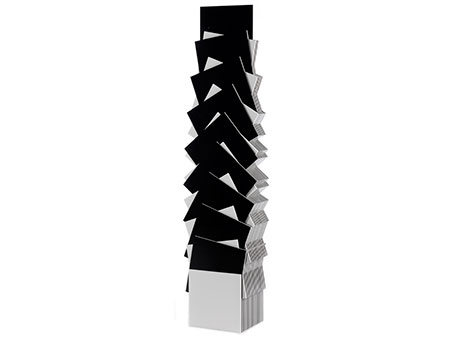
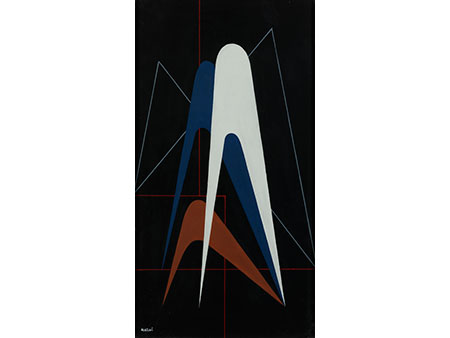
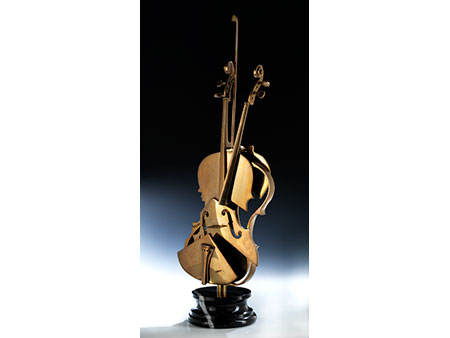
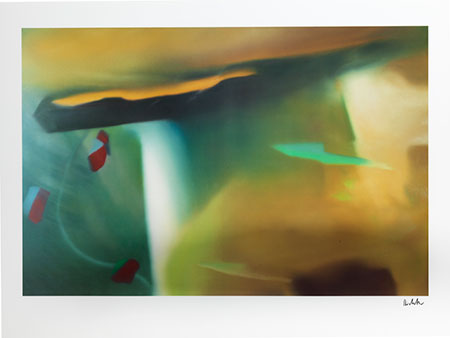
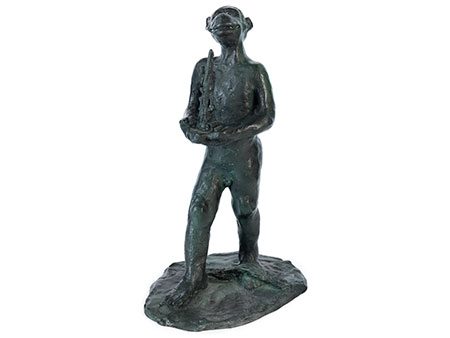
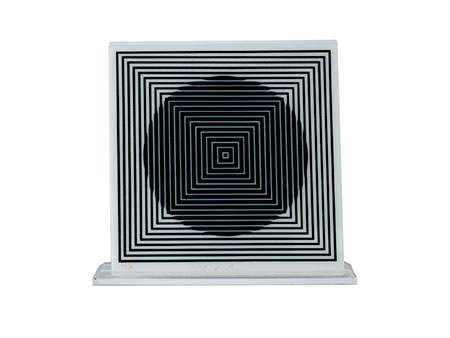
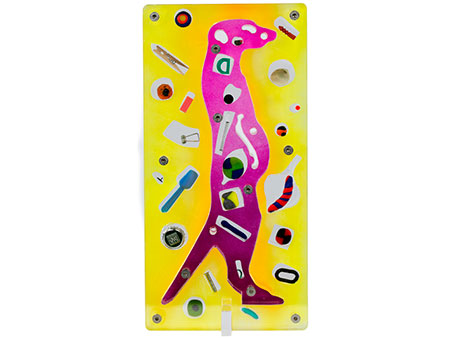
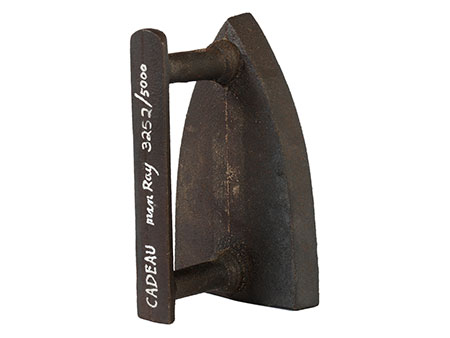
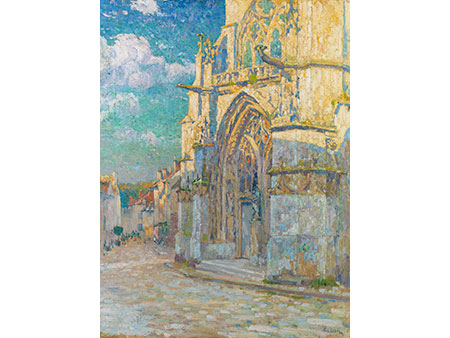
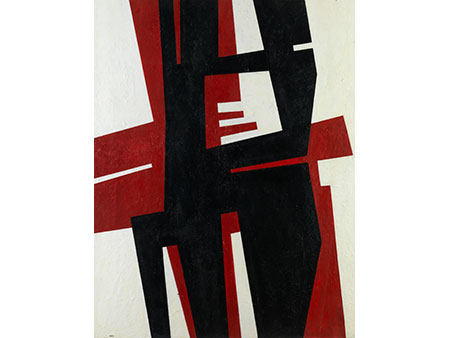
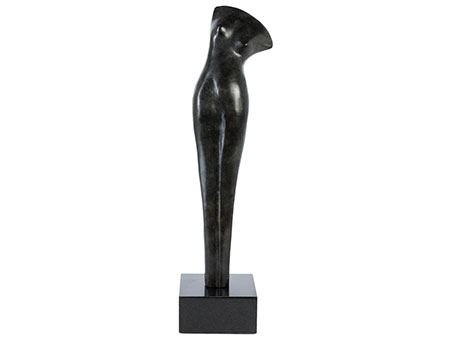
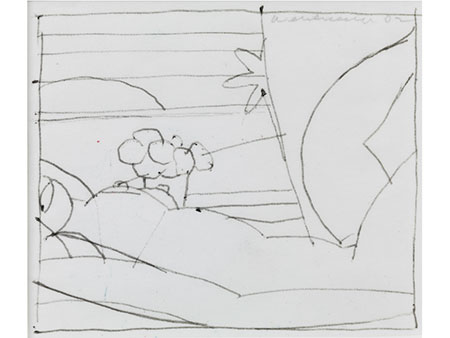
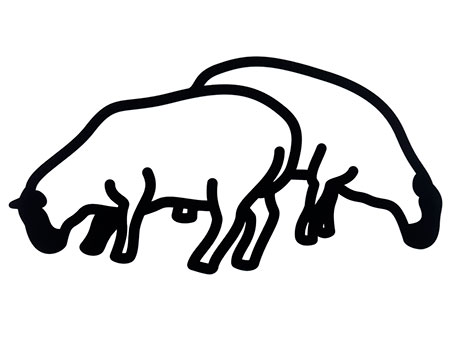
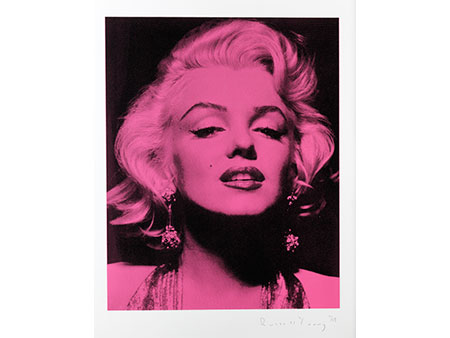

Try LotSearch and its premium features for 7 days - without any costs!
Be notified automatically about new items in upcoming auctions.
Create an alert